Displaying items by tag: kotor
02 February 2019 - Despite its small size and sparse population (less than 700,000 inhabitants), Montenegro offers incredible diversity in its topography. Thanks to the possibility of a stunning adventure - the transition from the Adriatic coast to the mountainous region, Montenegro has recently gained the title of a tourist destination that offers a “two-for-one” trip experience.
Christina Webb, a writer for Lonely Planet – renowned travel guide book publisher, recently wrote an article on “Two-for-one trips: destinations that offer double the fun” and Montenegro has proudly taken the second place on the list! The article provides advice for all tourists who can’t decide whether to spend their holiday on a sunny beach or is their main goal to kick back and relax in the mountains. To help them with their decision, Lonely Planet writer decided to list all destinations that offer plenty of sun, picturesque coastline cities and breath-taking beaches, but at the same time, there are options for mountain lovers, like hiking, cycling, kayaking and many more – all in one country!
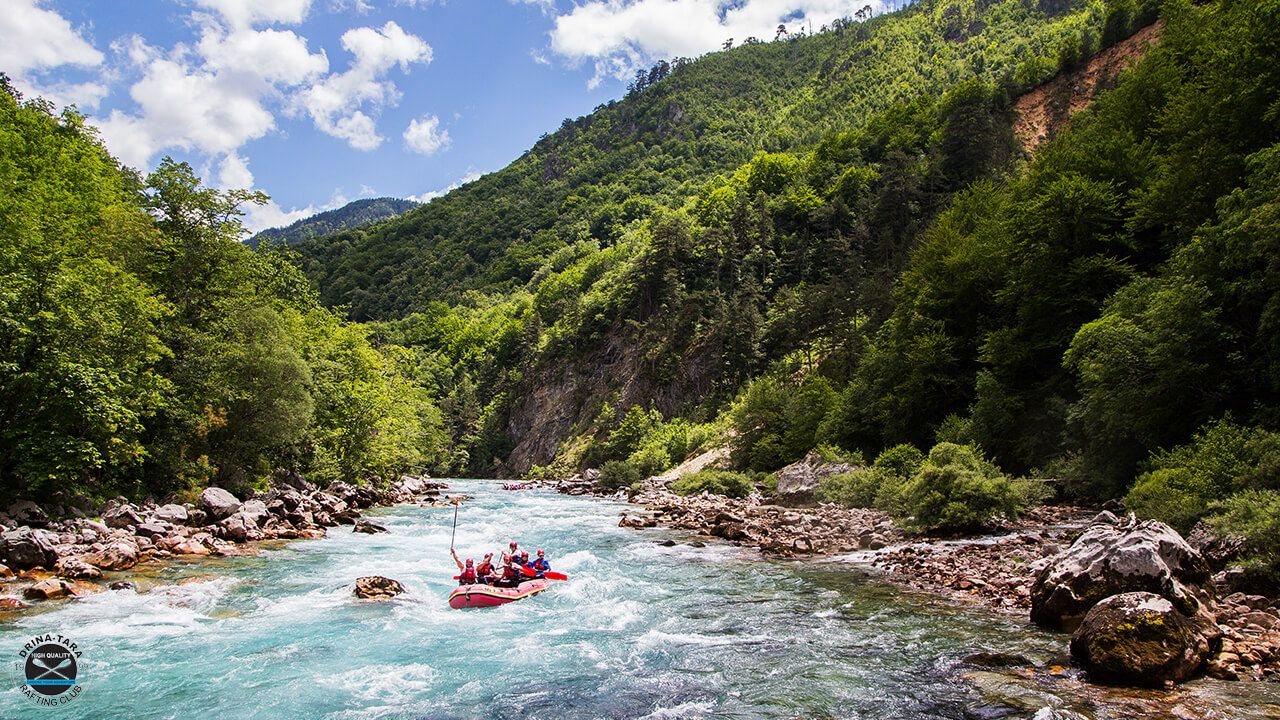
“Say goodbye to indecision," says Christina. “If you’re stuck between travel daydreams of markets or mountainscapes, spine-tingling safaris or the siren song of the sea, don’t fear. Fitting two types of trips into one might seem arduous to organise, but with the right timing, transport, and planning, it’s easily achievable,” Lonely Planet writer reports. Now it is possible to “pack diverse experiences into a region that can be explored in a typical vacation period”, you just need to choose carefully and organise ahead.
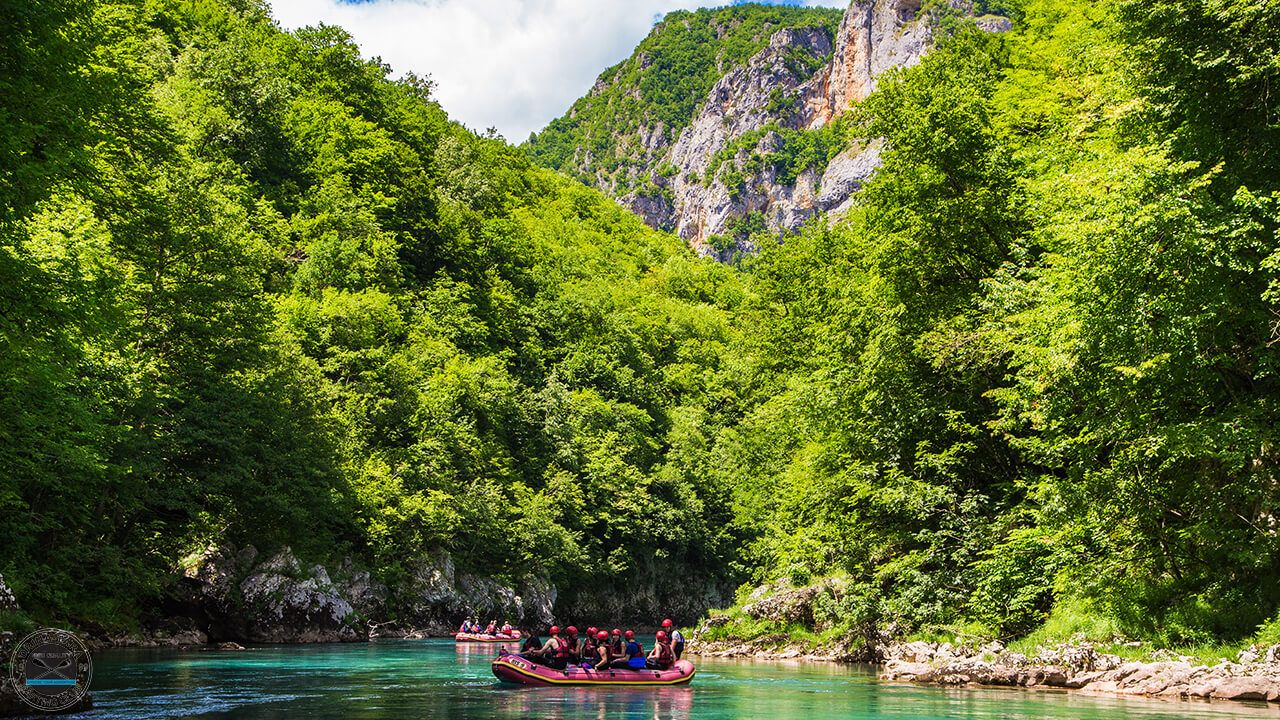
The article presents Montenegro as a country ideal for a vacation that includes rafting amid the mountains of the north and seafood and Med climes in the southern area! Follow the advice of the travel guide writer, Christina Webb, and get a holiday of a lifetime! As explained within the Lonely Planet article, “in Montenegro, rafting is synonymous with the turquoise Tara River. Arrive at Durmitor National Park and glimpse the winding river through the mountains and you’ll see why. The Black Lake by Žabljak is both dramatic and serene, as are the forests of Biogradska Gora National Park near Kolašin. Exploring both the towns and national parks over a few days is all you need before taking to the water. Most rafting takes place in Durmitor, and you’ll get the most dramatic view of the Tara Canyon’s imposing 1300m high walls from your raft.”
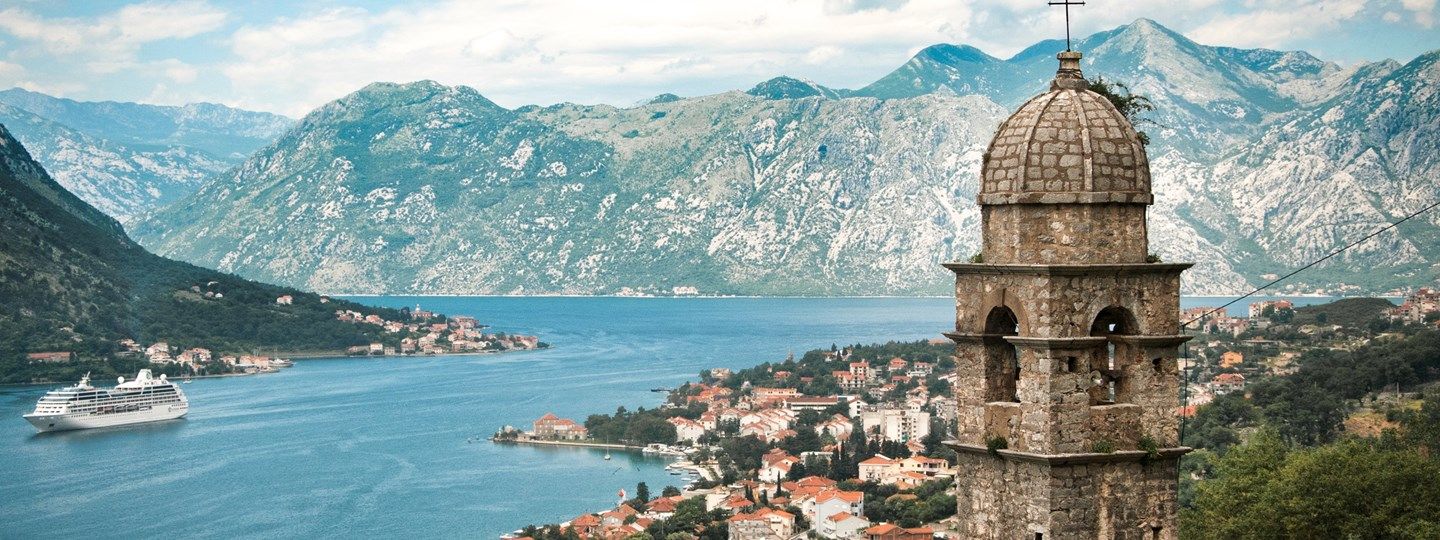
“Then, make your way down the country over a few hours; the best way to experience the changing scenery is to hire a car, but it can also be done by bus. Along the way, you’ll notice how the patterns of snow, A-framed farmhouses, and green hills will disappear as terracotta-tiled stone buildings and shimmering deep-blue water come into view. Spend a couple of nights in Kotor’s Old Town. Climb the 1300-plus steps to the top of the fortifications, meet the town’s feline population and sample grilled squid, seafood risotto and other Mediterranean culinary delights. You’ll easily be able to fit in exploring the charming villages dotted along the Bay of Kotor, Perast, Prčanj and the outskirts of Dobrota,” says Christina from Lonely Planet.
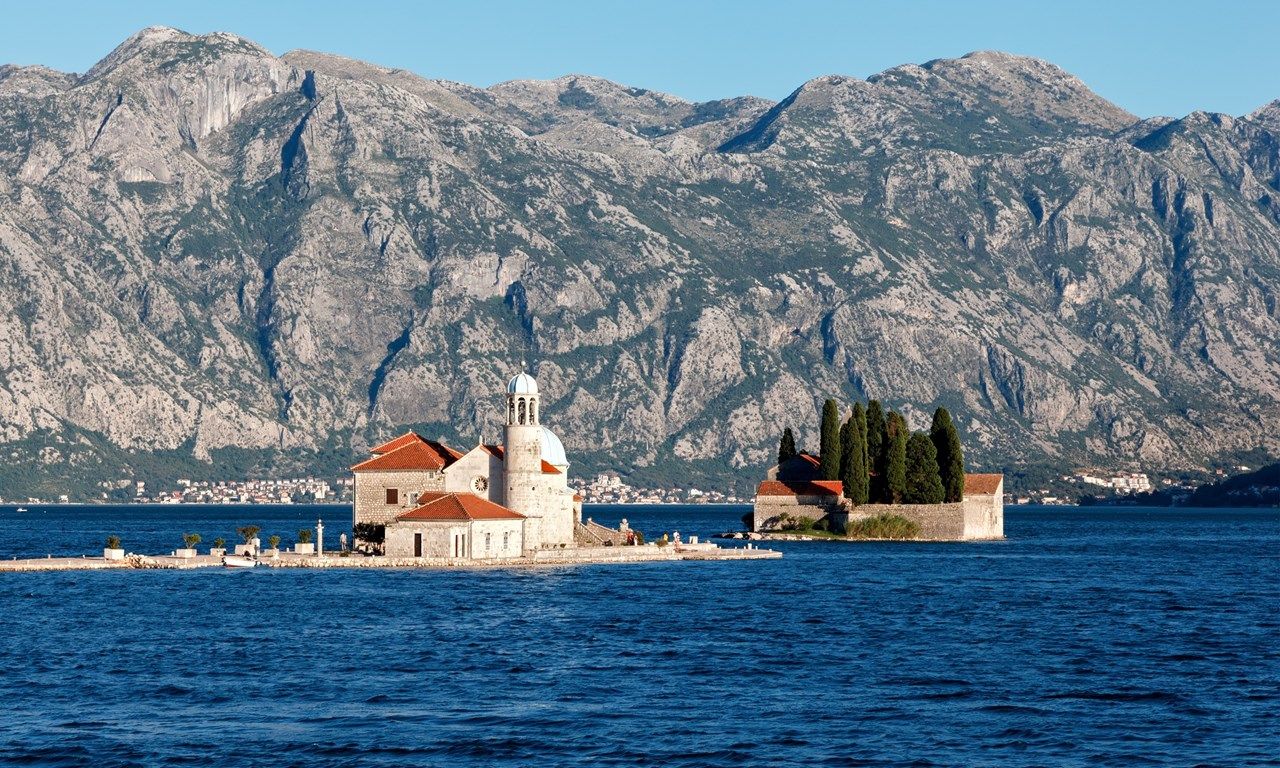
January 30, 2019 - Dobrota is a small town on the shore of Kotor Bay, just next to the Old town of Kotor stretching for several kilometres along the picturesque coastline to the village of Ljuta. Once the famous naval settlement, Dobrota was one of the most beautiful areas of Boka Bay. Unfortunately, its unique cultural landscape was recently almost destroyed by inadequate and massive urbanisation. Ancient palaces of Dobrota’s captains are more and more challenging to discover between concrete buildings, growing from the sea to the slopes of mountains hanging the settlement from the north-east. But still, there are a lot of reasons to visit Dobrota and discover its ancient buildings, beautiful churches and hospitable people. Let us propose some of those.
 Dobrota in 19.century
Dobrota in 19.century  Palace Ivanovic, Copyright: waytomonte.com
Palace Ivanovic, Copyright: waytomonte.com  Palace Milosevic, Dobrota Copyright: waytomonte.com
Palace Milosevic, Dobrota Copyright: waytomonte.com  Palace Tripkovic, Copyright: Tourist Organisation Kotor
Palace Tripkovic, Copyright: Tourist Organisation Kotor  Palace Radonicic- Institute for Marine Biology Kotor, Copyright: Boka News
Palace Radonicic- Institute for Marine Biology Kotor, Copyright: Boka News  Maritime Library in Dobrota, Copyright: the University of Montenegro, Faculty for Maritime Studies
Maritime Library in Dobrota, Copyright: the University of Montenegro, Faculty for Maritime Studies  Church of St.Matthew, Dobrota, Copyright: Tourist Organisation Kotor
Church of St.Matthew, Dobrota, Copyright: Tourist Organisation Kotor  Dobrota shore, Copyright: travel-to.net
Dobrota shore, Copyright: travel-to.net 
January 26, 2019 - On the square in front of St. Tryphon's Basilica in Kotor, with a traditional saying of praise, and by raising the flag in the basilica, the outdoor Festivities of St. Tryphon, held in honour of the saint, patron of Kotor and Kotor’s bishopric, begin. St. Tryphon's Festivities equally belong to the city and the Boka Navy's 1210 old organisation which combines its occurrence with the transfer of St. Tryphon's relics to Kotor.
The beginning of the ceremony will traditionally be marked by the Little Admiral of the Boka Navy Kotor, Martin Jerolim Petrović, who will pronounce Lode, praise the patron saint of the city. After proclaiming Lode, Boka Navy will hold the traditional ceremony of the handover of the duties of the Little Admiral. His predecessor, Luka Kovačević from Herceg Novi, will be given a decision on cessation and Martin at the beginning of the service.
 On this day, the Navy elects a Little Admiral, a young boy who accompanies the Admiral during public performances, representing a symbol of generational continuity of the organisation. At the solemn session on 13 January this year, the Admiralty and the Board of Directors of the Boka Navy decided that the Little Admiral for 2019 would be 12-year-old Martin Petrović from Skaljari, Kotor.
On this day, the Navy elects a Little Admiral, a young boy who accompanies the Admiral during public performances, representing a symbol of generational continuity of the organisation. At the solemn session on 13 January this year, the Admiralty and the Board of Directors of the Boka Navy decided that the Little Admiral for 2019 would be 12-year-old Martin Petrović from Skaljari, Kotor.  Former Little Admiral, Luka Kovacevic; Copyright: bokanews.com
Former Little Admiral, Luka Kovacevic; Copyright: bokanews.com  Boka Navy's Round Dance (Kolo) at the St.Tryphon's Square
Boka Navy's Round Dance (Kolo) at the St.Tryphon's Square January 23, 2019 - We came to Skaljari. Our tour around the villages of Boka Bay has arrived at one of the most characteristic points when it comes to the typical culture of living through time. Skaljari was not a naval settlement, not even a fishermen village. It was, and on some points still tries to be, just an ordinary village, characteristic for agriculture and families living together and supporting each other in good and bad times. Also, its inhabitants were well-known craftsmanship.
 Today, unfortunately, Skaljari is best known for the criminal group "Skaljarski klan", but this is not one of the topics we will be dealing with in this story. We found ourselves a better company. Our host in Skaljari is Dolores Fabian, president of the NGO Ke Nova, who advocates preserving the local tradition of Kotor and Boka Bay through organising numerous events and programs focusing on the material and immaterial cultural heritage of this region.
Today, unfortunately, Skaljari is best known for the criminal group "Skaljarski klan", but this is not one of the topics we will be dealing with in this story. We found ourselves a better company. Our host in Skaljari is Dolores Fabian, president of the NGO Ke Nova, who advocates preserving the local tradition of Kotor and Boka Bay through organising numerous events and programs focusing on the material and immaterial cultural heritage of this region. Copyright: Dux Radio
Copyright: Dux Radio  Copyright: Boka News
Copyright: Boka News  Skaljari and Kotor in 1929
Skaljari and Kotor in 1929  Skaljarice with one Konavoka at the Skaljarska Pjaca, Old Town of Kotor
Skaljarice with one Konavoka at the Skaljarska Pjaca, Old Town of Kotor  "The one who knows Skaljari from the story, if not out of life, when he is walking in a village, will not find what we have in our stories. It will be difficult even to notice the most important structures in the village, some house of an important family or a church of St. Luka, celebrated by inhabitants of Skaljari as their forefather. Formerly small dry stone walls that have kept the gardens are now being the supporting walls of some new buildings. So, the look of Skaljari is completely different. We strive to bring the old life of Skaljari and Skaljarice through the scene closer to all those who came to live with us. We want to inspire them to act at least for a moment as true Skaljari," explains Dolores, adding that the activities of NGO Ke Nova are held during the main tourist season as well as in the winter months:
"The one who knows Skaljari from the story, if not out of life, when he is walking in a village, will not find what we have in our stories. It will be difficult even to notice the most important structures in the village, some house of an important family or a church of St. Luka, celebrated by inhabitants of Skaljari as their forefather. Formerly small dry stone walls that have kept the gardens are now being the supporting walls of some new buildings. So, the look of Skaljari is completely different. We strive to bring the old life of Skaljari and Skaljarice through the scene closer to all those who came to live with us. We want to inspire them to act at least for a moment as true Skaljari," explains Dolores, adding that the activities of NGO Ke Nova are held during the main tourist season as well as in the winter months:19 January 2019 - Consortium of the Czech Philibert and Villa Oliva offered 10 million EUR for the purchase of 56.4806% of the share capital of the Institute for Physical Medicine Rehabilitation and Rheumatology Dr Simo Milošević and an investment programme amounting to 27.944.380 EUR.
In line with the 2018 Privatisation Plan, the Tender Commission for Privatisation started activities on drafting and implementing the tender for the sale of the share capital of the Institute. During 2018, several letters were delivered about the intentions of potential investors for the privatisation of the Institute, three bidders were registered in the public tender (purchased the tender documentation and signed the Confidentiality Statement), but only the bid by the consortium of the Czech Philibert, which is part of the Cimex Group, and Villa Oliva was submitted within the set deadline.
The consortium's bid, the only one that had been submitted in the public tender, was opened earlier today at the session of the Tender Commission for Privatisation, which took place at the Ministry of Economy in the presence of the representatives of the bidder.
The Tender Commission will, in compliance with the legal procedure, examine the formal validity of the bid, after which, if it determines that the bid is formally correct, it will examine whether it meets the qualification requirements and the minimum requirements of the tender and, within 15 days from the opening date, it will examine the bid in terms of quality.
Upon the completion of the tender, the Commission will submit the report to the Privatisation and Capital Projects Council for adoption.
Public tender for purchase of 56.4806% of the share capital of the Institute Simo Milošević was announced on 16 October 2018.
January 16, 2019 - Muo is one of the oldest shore settlements in Boka Bay, which we can recognize by the fact that the Dalmatian-Romanic dialect is best preserved here. It is particularly evident in maritime and fishery terminology, and we can see that fishing has always been the leading economy of the area.
Today Muo is one of the architectural pearls in the chain of the Bay of Kotor, which, unfortunately, has not been immune to building pressures affecting the entire Boka Bay. But the ever-expanding houses by the sea, built in the Middle Ages, left less room for devastation than other places along our coast. Muo is today a popular destination for tourists who want to escape the city bustle and enjoy the silence and beauty of the Bay of Kotor. However, there are also some days when the locals take care of their guests getting closer to the spirit of the place, once an everlasting signing stage of its inhabitants.





 photo by Zdenka Jankovic
photo by Zdenka Jankovic photo by Zoran Nikolic
photo by Zoran NikolicJanuary 15, 2019 - For the second year in a row, Kotor is among 20 cultural tourism centers the European Best Destination website is proposing as the best for 2019. The competition officially began today and lasts until 5 February. On this occasion, we have spoken to the director of the Tourism Organization of Kotor, Ana Nives Radovic.

11 January 2019 - The Singing Association "Grbalj" is organising a New Year's concert of traditional singing, customs, and dance on Monday, January 14, at 7 pm in the Kotor Cultural Centre "Nikola Đurković".
The list of performers at this event includes members of the Grbalj Association, the Serbian Cultural and Art Association "Sveti Đorđe" Goražde, "Teatar 303" Kotor, the Folklore Association "Sveti Jovan Vladimir" from Bar, the performers who will play the Montenegrin traditional musical instrument – gusle, performers who will play the diple and solo singers.
Ethnological heritage fans will be able to enjoy the performance of numerous traditional folk songs and customs. The audience will get to hear a cappella singing by the members of the singing association, who will perform numerous traditional songs which originated from Grbalj and are characteristic only for this region.
An interesting custom of the Singing Association Grbalj is that they have numerous young members, aged five to six years, and they perform with the adults on stage. The youngest members love the scene, and they have talent, which the audience recognises year after year and they get the biggest ovations.
Within this year's concert, which will be held on Monday, January 14th in Kotor, this Singing Association will once again demonstrate how the origin, past, and tradition of Grbalj can be presented uniquely.
The Singing Association "Grbalj" was founded in 2000 with the aim of protecting the cultural heritage of Grbalj, which has attracted the attention of a significant number of scientists: ethnologists, ethnomusicologists and archaeologists for centuries. The Association wants to introduce people to Grbalj’s customs and, at the same time, preserves the songs, customs, and traditions that originated from this area.
The first performance of the Singing Society "Grbalj" was held in Kotor. After they performed locally for a while, they had numerous performances throughout Montenegro and the region. One of the traditions of the Association is to organise a concert at the Cultural Centre Kotor each year on January 14, which is one of the most visited concerts in the region.
Singing Association “Grbalj” is a regular guest of numerous cultural associations from Sarajevo, Foča, Goražde, and Višegrad. The association members are recognizable for their kindness and humanity, mainly because they always respond to all performance invitations for humanitarian purposes.
January 8, 2019 - “Kotor was also on the list of the world's best destinations for 2018 and thus justified the same status as 2017. It is a remarkable result given that the names of the world's metropolises are most frequently mentioned destinations in that list," the Kotor Tourist Organization’s director Ana Nives Radovic told Radio Kotor.
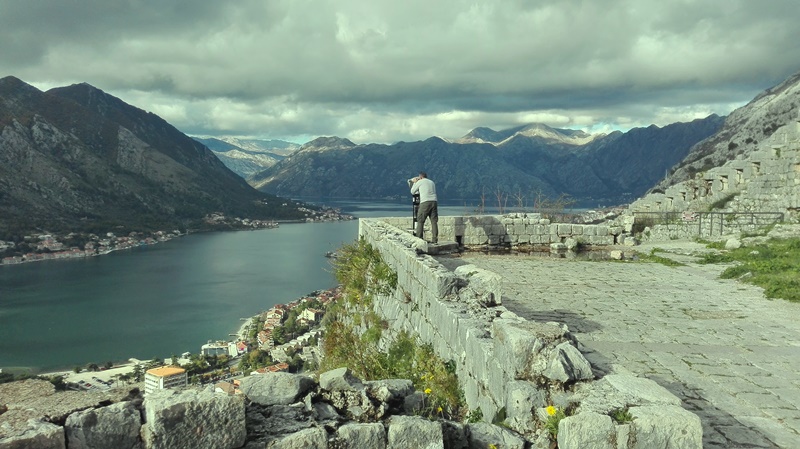
07 January 2019 - The General plan for the open sea has been adopted, tuna conditions in Montenegrin waters is good, and the opening of small businesses in the hinterland that would deal with fish processing would bring enormous profits to Montenegro, said Aleksandar Joksimović, head of the Laboratory for ichthyology and marine fisheries at Institute of Marine Biology in Kotor.
"So far, the progress in this area has been achieved in the organization of fishermen and associations, with the help of creation of clusters, and the awareness of fishermen that joint, teamwork can achieve results," said Joksimović.
Fishing the small oily fish, tuna farming, the development of a fish processing factory, as well as the logistics on the coast, can bring the Montenegrin economy the brand as something from the southern Adriatic - high salinity and clean water.
"Economically important species in fishing in the Mediterranean and the Adriatic Sea are hake, red mullet, shrimps, octopuses, but as well as the European pilchard and anchovy. For each of these species, a complete study is already carried out, which resulted in biological and economic limits which state that their fishing is limited to a certain number of tons," Joksimović reminded.
Members of the General Fisheries Commission of the Mediterranean have decided to increase the quota that has been set up in Montenegro to up to 50 tons of oily fish, European pilchard and anchovy. The new quota applies to all other Adriatic countries as well, and it is increased for up to 2.5 tons.
During the mid-December 2018, Montenegrin prosciutto became the new product under protection in Montenegro, as reported by the Ministry of Agriculture and Rural Development.
“Natural environment, climate conditions in the region of production, long tradition of production and a good reputation of this product, that extends over the boundaries of this region form the basis for the protection of this product as a specific and authentic product. The impact of the geographical surroundings, climate and the skillfulness in the application of special recipe, is responsible for the prosciutto that is highly respected among the consumers, especially tourists who visit Montenegro,” said the representatives of the Ministry of Agriculture.








